Manila Tamarind
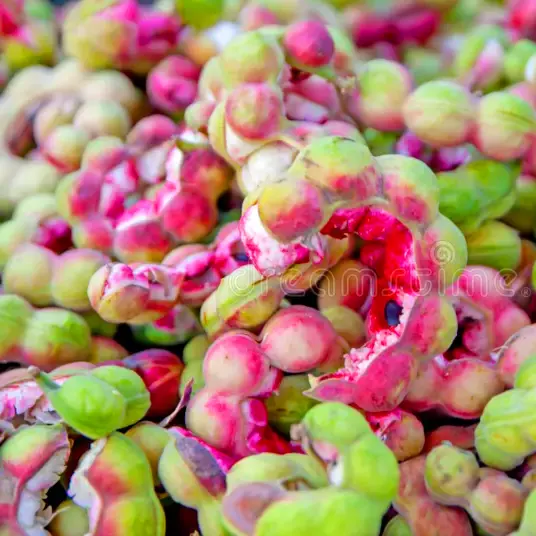

Manila Tamarind
Product Price:
₹40.00 Original price was: ₹40.00.₹30.00Current price is: ₹30.00.
Pack of 15 seeds
Everyday essentials can support a healthier planet. This choice reflects a commitment to natural balance, using fewer resources and encouraging long-term use. Ideal for anyone looking to live more lightly and protect what matters most—our shared environment.
Description
🌿 Manila Tamarind, also known as Pithecellobium dulce, is a tropical fruit that’s as quirky as it is nutritious. Despite its name, it’s not actually related to the true tamarind. Locally in India, it’s often called Kodukkapuli or Jungle Jalebi due to its spiral pod shape that resembles the sweet jalebi dessert.
🍬 What It Looks Like
- Twisted, spiral-shaped pods with pinkish-red or green skin
- Inside: white or pink pulp surrounding shiny black seeds
- Grows on a thorny tree that can reach up to 15 meters tall
🍽️ How It’s Eaten
- The pulp is sweet-tart and eaten raw
- Used in chutneys, curries, and refreshing drinks
- Seeds are sometimes roasted or ground for traditional remedies
💪 Health Benefits
- Rich in Vitamin C: Boosts immunity and fights infections
- High in fiber: Aids digestion and supports gut health
- Antioxidants: Help reduce inflammation and protect the liver
- Traditional uses: Treats toothaches, diarrhea, and skin conditions
🌍 Origins & Spread
- Native to Mexico and Central America
- Introduced to Asia via Spanish trade routes
- Widely grown in India, the Philippines, and tropical regions
Related products
-
Sale!
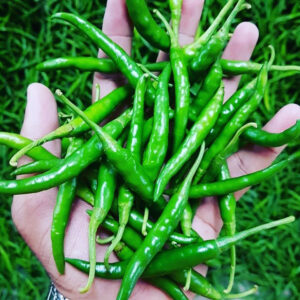
Chilli G4 Long
₹40.00Original price was: ₹40.00.₹30.00Current price is: ₹30.00. Add to cart -
Sale!
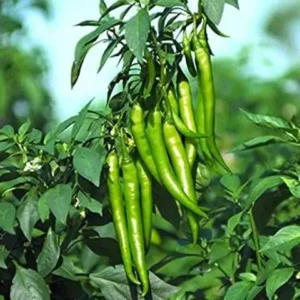
Anugraha Chilli
₹40.00Original price was: ₹40.00.₹30.00Current price is: ₹30.00. Add to cart -
Sale!

Ornamental chilli
₹40.00Original price was: ₹40.00.₹30.00Current price is: ₹30.00. Add to cart -
Sale!
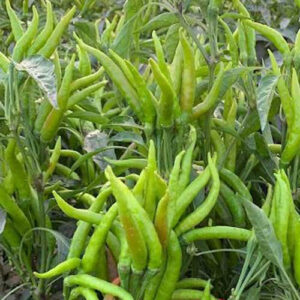
Upright Chilli Green
₹40.00Original price was: ₹40.00.₹30.00Current price is: ₹30.00. Add to cart -
Sale!
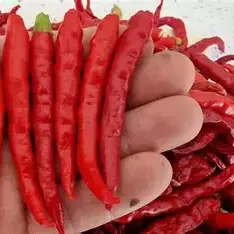
Teja Chilli
₹40.00Original price was: ₹40.00.₹30.00Current price is: ₹30.00. Add to cart -
Sale!
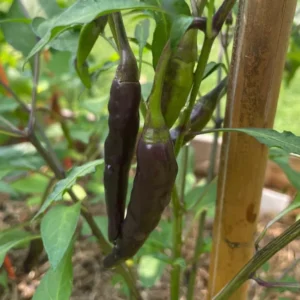
Hybrid Black chilli
₹40.00Original price was: ₹40.00.₹30.00Current price is: ₹30.00. Add to cart -
Sale!
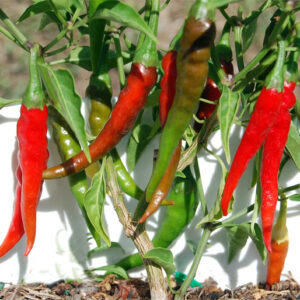
Kashmiri Long Chilli
₹40.00Original price was: ₹40.00.₹30.00Current price is: ₹30.00. Add to cart -
Sale!

Round Chilli
₹40.00Original price was: ₹40.00.₹30.00Current price is: ₹30.00. Add to cart -
Sale!
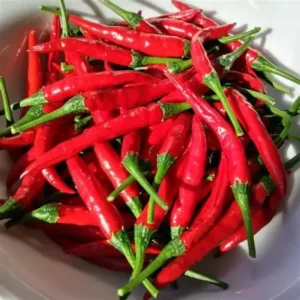
Chinese Chilli Spicy
₹40.00Original price was: ₹40.00.₹30.00Current price is: ₹30.00. Add to cart -
Sale!

Capsicum Orange
₹60.00Original price was: ₹60.00.₹45.00Current price is: ₹45.00. Add to cart

GOSHO.STORE is your go-to online destination for quality products, great deals, and a seamless shopping experience. From everyday essentials to exclusive finds, we bring convenience, value, and customer satisfaction to the forefront of online shopping. Shop smart. Shop easy.
Shop with GOSHO.
Reviews
There are no reviews yet.